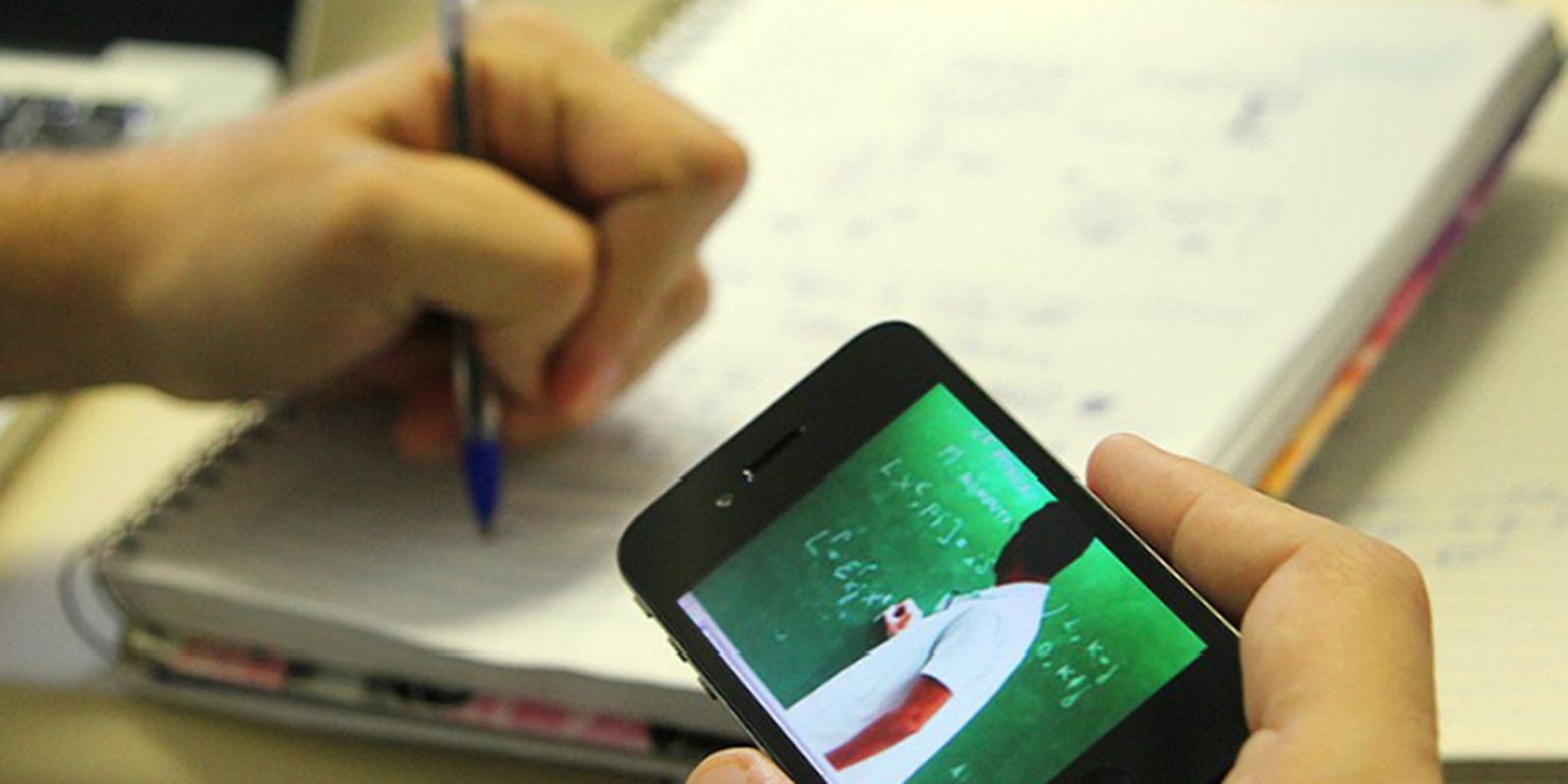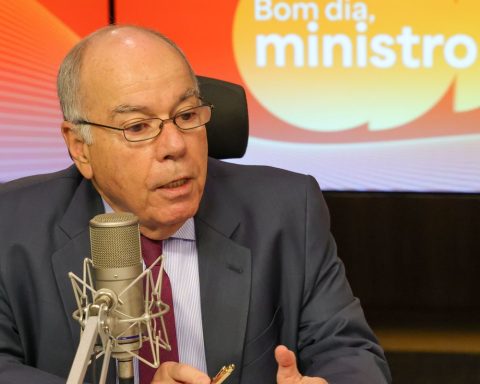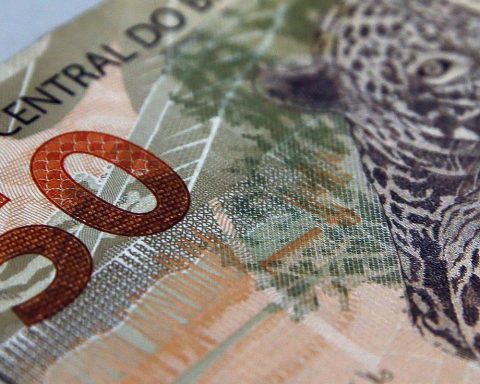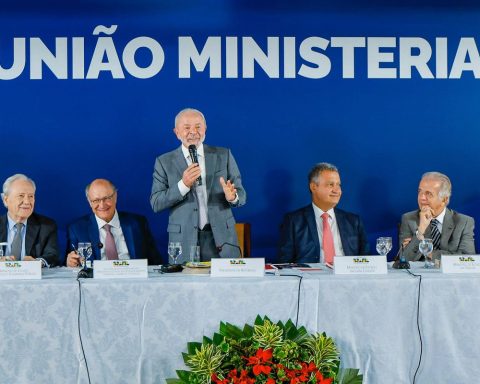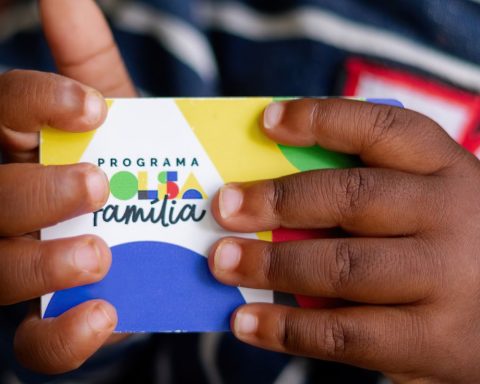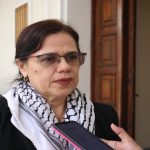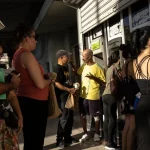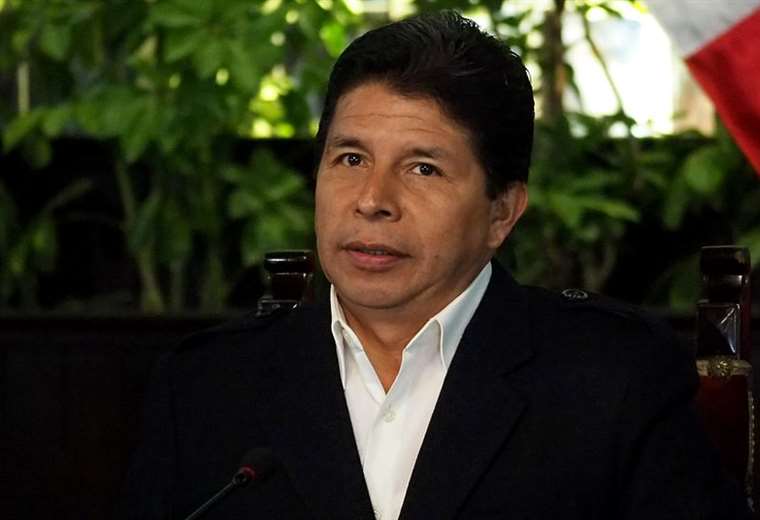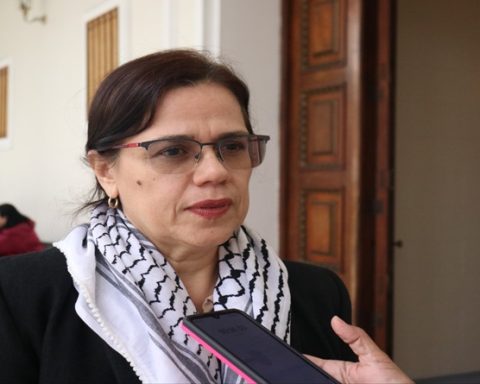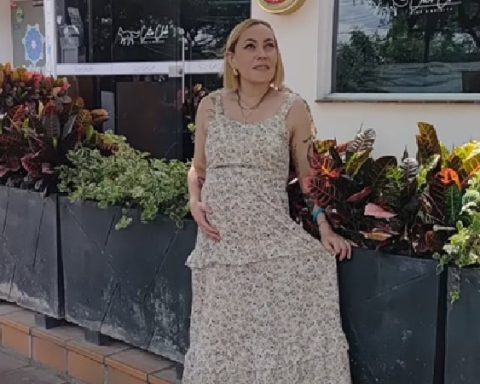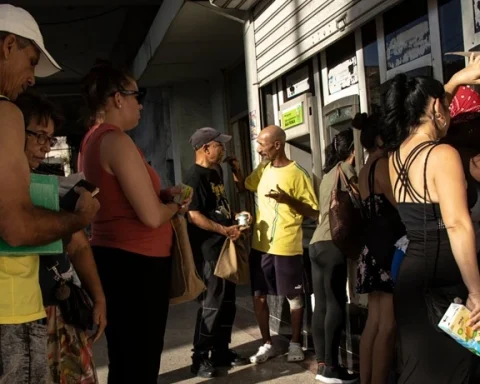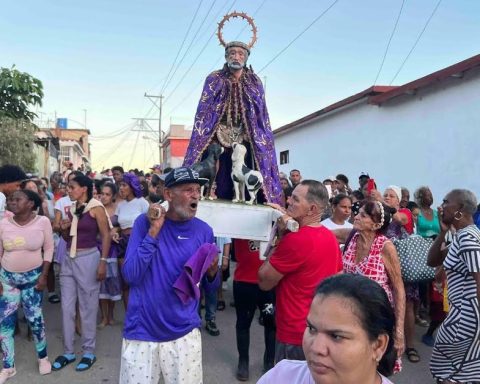Remote teaching, adopted during the covid-19 pandemic, had an impact on municipal public education in Rio de Janeiro, especially in elementary education, in areas on the periphery. This is what the 15th Corona Social Map shows, the latest edition of the publication, prepared by the Observatório de Favelas.
The coordinator of the Urban Policies axis of the Observatório de Favelas, Aruan Braga, told Brazil Agency that the bulletin reinforced the fact that education is one of the areas where the impacts of the pandemic were concentrated in favelas and peripheries. “From education, understanding the impacts measured by the Corona Social Map, we identified how in some favelas in Rio the impact of the pandemic had a very significant influence on the Basic Education Development Index (Ideb) of the federal government, for example” , said Braga.
City of God, in the west zone; Rocinha, in the south zone; and Complexo da Maré, in the north zone. The survey was based on Ideb data from 2019 and 2021. The first year was chosen because it was the last before the arrival of the pandemic in Brazil, while 2021 is cited for having the highest number of cases and deaths from the disease.
Performance
The study compared the performance of students from Maré with those from Tijuca. In 2019, students had a similar average, with Mareenses reaching 5.4 and Tijucanos, 5.7. In 2021, although the average was still close, the difference slightly increased, with students from Maré having an average of 5.1 and those from Tijuca, 5.5.
The situation of disparity also occurred in Rocinha, compared to Copacabana, and in Cidade de Deus in relation to Barra da Tijuca. In the first case, the difference in 2019 was 0.8, with Rocinha having an average of 5.6 and Copacabana, 6.4. Two years later, the interval increased to 1.3, with Rocinha presenting an average of 5.2, (down from 0.4), and Copacabana evolving to 6.5.
Another example, in the west zone, confirms how students from peripheral areas faced problems in education during the height of the pandemic. Barra da Tijuca dropped from 6.7 (2019) to 6.5 (2021), while students from Cidade de Deus had a drop in performance from 5.4 to 4.6.
The map confirms that neighborhoods with income per capita (per individual) maintained the same index as in previous years, but in Rocinha and Cidade de Deus, the rate dropped, and Maré managed to maintain similar values.
Civil society
According to reports from residents of Maré, civil society played a fundamental role during this period of the pandemic, bringing innovations to education, including thinking about new ways of accessing the internet, availability of equipment, alternative ways of transmitting content beyond the classroom. class, which was the great challenge throughout the pandemic, indicated Aruan Braga. “Although we have confirmation that education is one more element that confirms the deepening of social inequalities during the pandemic, we also had experiences in the favelas, on the outskirts, which faced the increase in these inequalities and were successful. The case of Maré is a very important example”.
Among the reports of people who lived this reality, Braga highlighted those that included everything from paying a fee for internet access, distributing equipment such as tablets for students from the municipal network who live in Maré, and tutoring and supplementary classes, in addition to the donation of printed material by civil organizations in the area. “These were strategies that succeeded there.”
The coordinator reinforced the role of popular territory, civil society and residents to face the situation of inequality. In some cases, they managed to succeed and show important paths towards how education can be qualified with the participation of residents, he said.
News
The study highlights that remote teaching was considered a novelty and a challenge for the majority of the school community, since basic education is mostly offered in face-to-face mode. The need for rapid school adaptation in the face of the pandemic scenario did not guarantee good adaptation by students living in peripheral regions, due to the difficulty or lack of access to the internet, electronic devices or inadequate support material.
The Corona Social Map is produced by the Observatório de Favelas, with the support of the Oswaldo Cruz Foundation (Fiocruz). The project was included in the Public Call for Support for Emergency Actions to Combat Covid-19 in the Favelas of Rio de Janeiro.
